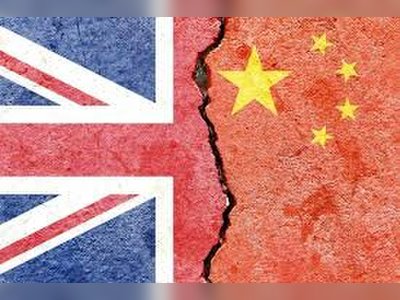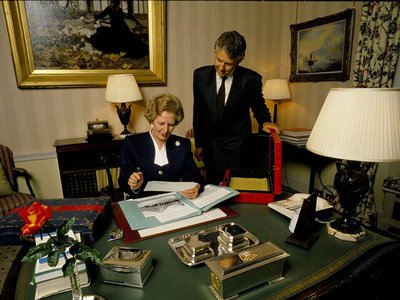Europe Emerges as the Biggest Casualty in U.S.-China Rare Earth Rivalry
Strategic competition over critical minerals sidelines Europe despite its industrial stakes
In the intensifying U.S.-China contest over rare earth elements, Europe is increasingly viewed as the primary loser, squeezed between rival powers and lacking a coherent strategy to secure access, processing capacity, and supply resilience.
The shift is exposing deep vulnerabilities across European industrial and strategic sectors.
America and China are doubling down on control over mining, refining, and critical-mineral value chains.
The U.S. is imposing new restrictions and building domestic capacity, while China maintains dominance in processing and export licensing.
Meanwhile Europe, reliant on imports and lacking comprehensive industrial policy in rare earths, is watching crucial leverage slip away.
Several European nations have mining deposits or rare earth potential, but they lack scale, upstream processing infrastructure, and investment appetite.
Permitting delays, environmental opposition, and fragmented policy frameworks hinder development.
Even where extraction exists, much of the output must be exported for downstream refining outside Europe, reinforcing dependency.
For European automakers, aerospace firms, electronics manufacturers, and defence industries, the consequences are urgent.
Without secure supply of magnets, battery components, phosphors, and catalysts, Europe’s high-tech and climate transition ambitions are at risk.
China’s ability to restrict exports or reprioritise domestic supply chains grants it asymmetric leverage in geopolitics and trade negotiations.
Some European governments and institutions are scrambling to respond.
Proposals include joint procurement, strategic reserves, new processing hubs, and mandates for onshore refining.
But these initiatives remain nascent and underfunded compared to the scale of investment from U.S. and Chinese actors.
The imbalance risks turning Europe into a mere arbiter in the rare earth arms race—dependent, reactive, and at the mercy of external shocks—rather than a self-determined player in a key sector of geopolitical competition.
The shift is exposing deep vulnerabilities across European industrial and strategic sectors.
America and China are doubling down on control over mining, refining, and critical-mineral value chains.
The U.S. is imposing new restrictions and building domestic capacity, while China maintains dominance in processing and export licensing.
Meanwhile Europe, reliant on imports and lacking comprehensive industrial policy in rare earths, is watching crucial leverage slip away.
Several European nations have mining deposits or rare earth potential, but they lack scale, upstream processing infrastructure, and investment appetite.
Permitting delays, environmental opposition, and fragmented policy frameworks hinder development.
Even where extraction exists, much of the output must be exported for downstream refining outside Europe, reinforcing dependency.
For European automakers, aerospace firms, electronics manufacturers, and defence industries, the consequences are urgent.
Without secure supply of magnets, battery components, phosphors, and catalysts, Europe’s high-tech and climate transition ambitions are at risk.
China’s ability to restrict exports or reprioritise domestic supply chains grants it asymmetric leverage in geopolitics and trade negotiations.
Some European governments and institutions are scrambling to respond.
Proposals include joint procurement, strategic reserves, new processing hubs, and mandates for onshore refining.
But these initiatives remain nascent and underfunded compared to the scale of investment from U.S. and Chinese actors.
The imbalance risks turning Europe into a mere arbiter in the rare earth arms race—dependent, reactive, and at the mercy of external shocks—rather than a self-determined player in a key sector of geopolitical competition.










